
Talent drives great ideas and go-to-market strategies, according to KPMG’s Guillaume Sachet
He also encourages businesses to have a 'wow' factor to stand out in a crowded marketplace.
KPMG Singapore's Partner of Advisory Practice, Guillaume Sachet, has more than 25 years of experience in the tech industry with deep digital and customer experience expertise across the APAC region.
He was the Head of Strategy at Mediacorp between 2012 and 2017, driving digital transformation, innovation, and investments before joining KPMG. He was subsequently appointed as the Head of Social, managing social media and digital marketing activities to build impactful campaigns.
Guillaume was previously also Accenture's Partner and Managing Director in the strategy practice, holding responsibility for technology, media, and telecom strategy clients in Southeast Asia.
Recognised as a thought leader in the tech industry, he has published more than 15 articles and white papers on tech and innovation for various organisations and publications and is a regular keynote speaker at industry events and conferences. As one of the judges in the Asian Experience Awards, Asian Business Review sat down with Guillaume to discuss the trends that he is currently seeing amongst businesses, particularly in understanding and customising customer experience.
Coming back from judging last year’s Asian Experience Awards, what KPIs are you using to measure the businesses’ growth and success?
Increasingly, we’re seeing many more factors defining business success—particularly as business problems become increasingly complex and the environment more uncertain. Whilst it is natural to think of financial indicators and revenue, company success goes beyond that.
Talent drives great ideas and go-to-market strategies. So, typically, profitable companies with good revenue growth are also great places to work in. Despite the talent crunch, the value propositions they can offer potential employees keep these people coming.
There’s typically also huge support for innovation – from organic growth via R&D, to seeking out complementary adjacencies through partnerships in the ecosystem.
Most importantly, these companies should have a ‘wow’ factor that delights their customers and employees, enabling them to stand out in a crowded marketplace.
How can businesses ensure an inclusive and empowering environment for their stakeholders?
The pandemic accelerated digitalisation exponentially and has created a new way of working for us all. The implication of this is that, aside from continued physical engagement with stakeholders, companies now need to invest greatly in digital infrastructure to create a connected enterprise that facilitates constant dialogue amongst customers, employees, and other stakeholders. This is especially critical with the shift to hybrid or even remote working in the new normal.
A challenge that many organisations continue to face is how to effectively align their front, middle, and back office functions. The constraints of legacy IT and the lack of collaboration across organisational silos are the biggest obstacles for organisations to being nimble and responsive. Central to achieving a connected enterprise is the convergence of information technology and operations technology. Cloud-based solutions will be key to addressing fragmented digital infrastructure, whilst the Internet of Things (IoT) – from sensors and smart devices to entire systems, can help seamlessly connect people, processes and equipment. This allows the implementation of real-time dashboards that businesses can use to create engaging experiences throughout the customer lifecycle. For instance, feedback from customers about features, issues, defects, and ideas can be rapidly shared across relevant business functions and even suppliers, for teams to start addressing them in the shortest time possible. This also enables greater connection and interaction between the enterprise and its extended business systems, allowing for better collaboration, faster problem-solving and improved innovation.
A digitally enabled, connected enterprise works towards breaking down the barriers within the business and between its stakeholders, focusing on empowerment and resolution at every touch point. This makes them more connected to their customers, their partners, and between teams and functions within the organisation.
What’s important to understand is that an inclusive and empowering environment is all about giving easy access to information and people, whilst enabling decision-making and choices at their own time. In today’s world, companies need to move with the times and consider technology as essential for business rather than as a transformation tool.
What trends are you currently seeing amongst businesses in their actions towards a digital pivot?
Data has always been the driver for understanding and customising customer experiences. With greater digitalisation due to the pandemic, we are seeing several emerging opportunities for businesses.
For instance, in the companies that KPMG works with, many are interested in extending their reach to customers by digging deep into data analyses to understand customer journeys, potential profitability, and related sales opportunities. Some of these insights have surprised companies that have been in business for a while, as customer behaviour will shift over time, even if trends and drivers remain somewhat consistent. Observations like these have seen companies pump more investment into data-driven strategies so that they can personalise customer touchpoints extensively whilst providing a safe environment for customers to share more about themselves, in line with privacy and protection laws.
Other companies are ramping up their data strategies for back-office functions such as supply chain and logistics – particularly in light of supply chain pressures today. This enables accurate demand predictions and choices of where to locate manufacturing and distribution hubs, optimisation of staff deployment purchasing, and potentially reducing waste and lowering costs. More businesses are realising that unless they convert data into actionable insights, they are underutilising one of their most versatile assets.
In what ways can companies set themselves apart from their competition?
The quality of interactions with a brand should be prioritised, alongside delivering the experience that customers are looking for. Regardless of business or industry, there are many pathways to differentiation – whether it is by price, personalisation, or presentation. These are all opportunities that many smaller players can capitalise on to help them shine.
Being a true leader in customer experience (CX) will require flexibility and responsiveness from all parts of the organisation and will not be limited to customer-facing functions of the business. Universal pain points such as getting a refund or calling a business’ service line will need to be fuss-free and rewarding to execute. Finance, accounting, and customer service teams need to be on board with how to improve operations to deliver such an experience. At a deeper level, knowing the specific make-up of their audience can help businesses stay one step ahead. For instance, leveraging the right market data can help research and product development teams push out products or services with the specifications that consumers are looking for even before they ask for them or know they want them. That truly signals a customer-centric mindset and that the business is genuinely interested in its customers, not just their wallets.
Investing in letting different functions know the various ways they bring value to the end consumer helps embed CX in every employee action and can help guarantee consistent, positive CX even before the customer enters the picture. Organisations that can get CX right by engaging and motivating employees will truly be a cut above the rest.
What do you say are the key elements that businesses should focus their innovative efforts on?
Companies should focus their innovations on helping customers solve their problems in a seemingly organic, even intimate, way without consumers realising it. This can go a long way towards building the relationship and experience for the customer. For instance, the use of analytics, alongside being able to anticipate consumer trends and the evolution of products, are just some of the ways in which businesses are making investments, intending to create a hyper-personalised experience that will delight customers. Some are leveraging artificial intelligence and machine learning, as well as other emerging technologies such as the IoT.
The metaverse is also up and coming on the radars of many. A Citi report estimates that the metaverse could be worth anything between US$8 trillion and US$13 trillion, with as many as five billion users by 2030. Several tech behemoths have also signalled their commitment to exploring the concept of the metaverse by announcing considerable investment in this area. It may just be a matter of time before a definitive and articulated version of the metaverse is established, paving the way for others to build upon. Businesses hoping to capitalise on this when it happens should look at the complementary products, services, and technology that the metaverse will depend upon, such as extended reality headsets, blockchain, and cloud technology. As these areas mature and interact in new and different ways, businesses that have had a head start will be well-positioned to be market leaders.
What criteria are you basing on choosing the winner?
This is the second time I have been on the judging panel for the awards. Similar to last year, I have picked innovation, impact, and purpose as I believe these are important core qualities for any business.
For innovation, I am looking for trailblazers and change-makers. These are the companies that make the competition pay attention and rethink the status quo.
In terms of purpose, companies should be looking at contributing positively to the environment or society as part of their business priorities.
For impact, I am looking for business initiatives that inspire stakeholders because of the measurable change they can create.
For me, businesses must have these qualities as it shows they know what it takes to deliver meaningful brand experiences to all their stakeholders whilst at the same time championing change for good.









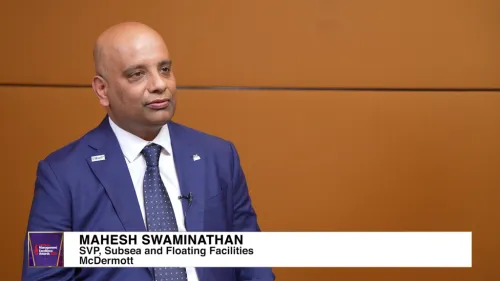
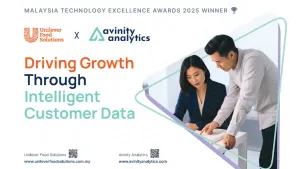
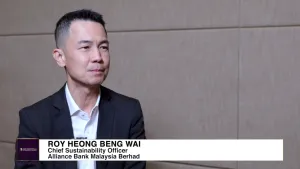
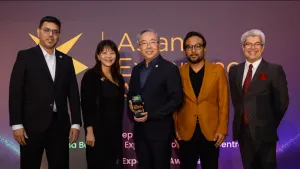

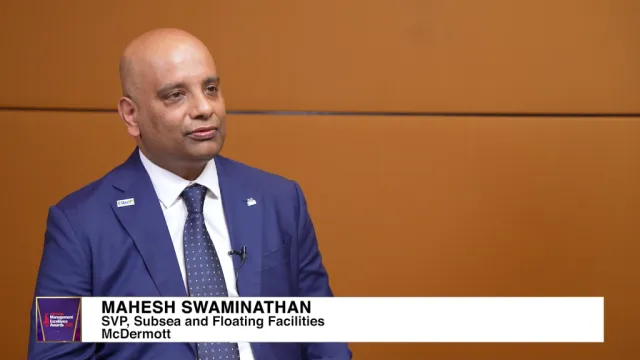
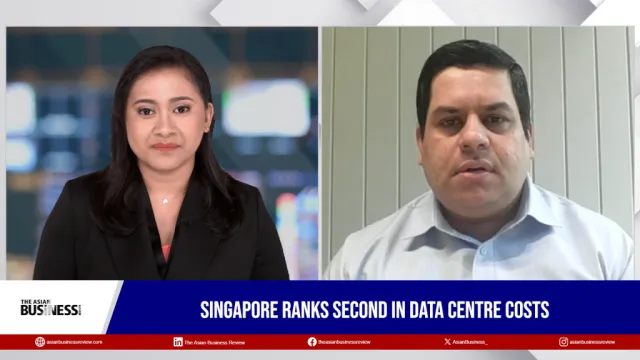


 Advertise
Advertise







